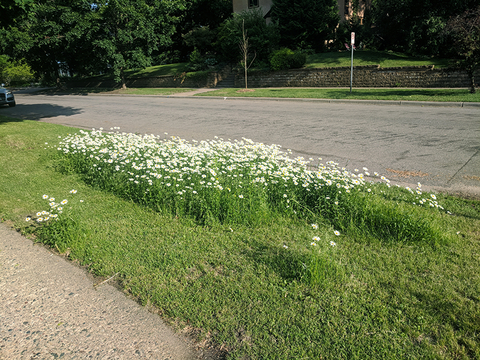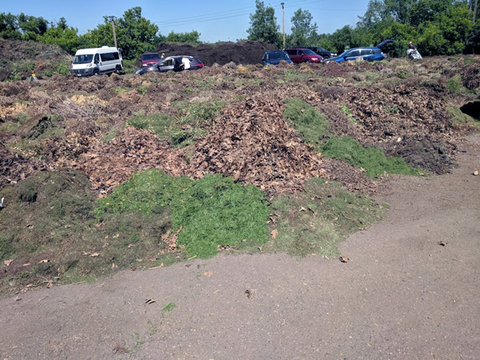No Mow May has captured the public’s attention in the last few years. The idea of not mowing a lawn during the month of May in order to promote flowers for early season pollinators was first promoted by a research paper that has since been retracted. But there is still quite a bit of public interest in the initiative.
Several cities in Minnesota have scaled back mowing ordinances for the month of May and have even created lawn signs for promoting the movement. And people have reached out to me to see if I would support a mandate outlawing mowing in May.
In a recent discussion with members of the University of Minnesota bee lab, we discussed what abstaining from mowing in May would mean for pollinators and lawns.
Although I fully support promoting pollinators in the landscape, I think it is worth looking at what not mowing in the month of May might mean for your lawn.
Lawns in Minnesota are made up of several cool-season turfgrasses that naturally have two flushes of growth in a given year, and those typically happen in early summer and early fall. We recommend many lawn management practices around these times of year because they are essential for promoting a healthy and climate-resilient lawn.
In Minnesota, not mowing in May means the lawn is not mown for the first time until June, by which time the grass can get to 12-18 inches high. This creates many practical challenges for homeowners for mowing down to more ideal mowing heights, such as having to compost the clippings off-site.
Mowing more than 1/3 of the plant’s tissue in a single mowing event can harm the lawn. This can stress the lawn going into June and, if this year is anything like 2021 or 2022, record high temperatures could stress the lawn even more.
If you want to promote pollinators in your lawn for the month of May while ensuring a healthy and resilient lawn, we recommend mowing as high as your mower will allow and only as needed to avoid mowing more than 1/3 of the height. For example, if you are mowing at 4 inches, you would want to mow when the lawn gets to about 6 inches.
If you are interested in promoting pollinators in your lawn year round, we have several resources on planting and maintaining a bee lawn.



